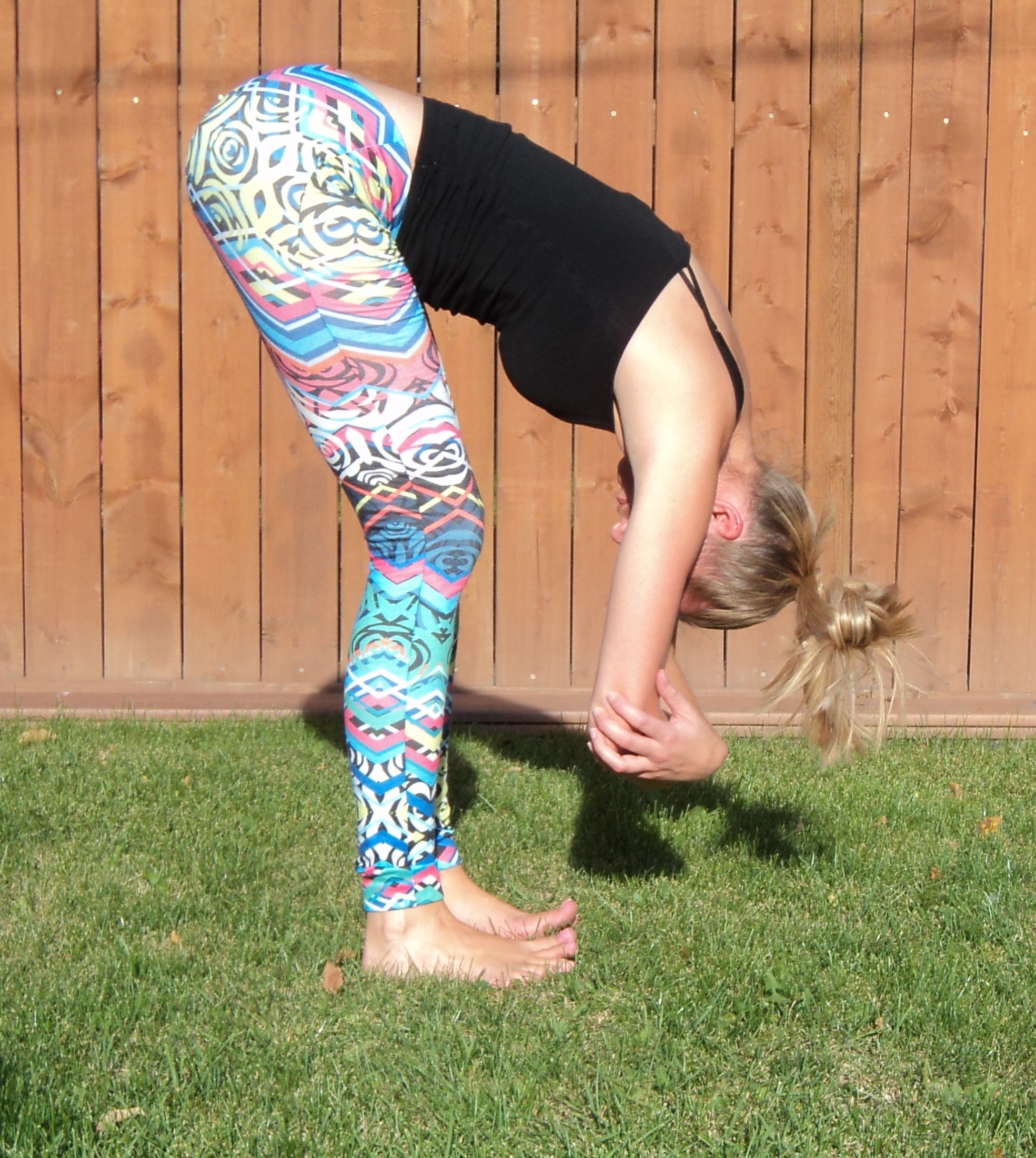If you are a regular reader of my Blog (thanks so much BTW), or you follow me on Instagram (@sandrayogawpg), you may know that I made my very own Yoga Bolster to complement my restorative Yoga practice. Now, as much as I like the price tag for this home-made yoga bolster, and would recommend people try making their own to use for a simple home practice, the quality isn't quite the same as using an actual bolster (here’s a link to a great affordable one from Amazon Canada) However, I have been able to practice some of my favourite restorative yoga poses that require a bolster with my home-made one, and wanted to show you how you may use your bolster at home for some supported relaxation and opening of the body.
For the US residents, here is a link to the bolster on Amazon US.
Note: As an Amazon Associate I earn from qualifying purchases.
The Pose: Chest Opener
What you do: Place your bolster horizontally on your mat and lay over it. Make sure the armpits are over the bolster so the shoulders can come to the floor. You can keep the legs straight, bend the knees, or even bring your legs in to a butterfly position. Tilt the head slightly so the chin is not tilting back.
What it does: Provides a supported and passive opening into the chest.
The Pose: Supported Belly Down Twist
What you do: Place the bolster on the mat so that you can sit with your Right hip touching the bolster. Turn your body so it faces over the bolster, bringing the twist in to the spine. Lay your body over the bolster (your whole torso should be supported by the bolster) and turn your head to one side .
What it does: This supported twist is a great release into the back and side muscles and reportedly helps with digestion.
The Pose: Supported Setu Bandha
What you do: Lay on top of the bolster so that your shoulders can reach the floor. Most of your back should still be supported by the bolster. Place a yoga block at the end of the mat for the feet so the legs and torso are one height, and the shoulders are lower, creating the opening into the chest. Tuck the chin slightly so the head is not tilting back and the neck stays long.
What it does: Creates a supported chest and shoulder opening. Great alternative for someone who isn't able to do unsupported Setu Bandha for any reason.
The Pose: Viparita Karani
What you do: Place the bolster horizontally either right at the wall or about an inch or so away from the wall. Sit toward the left side of the bolster and mat, so the sitting bones are touching the wall. Lie down on your side, and then roll over so the hips lay flat on the bolster and the sitting bones stay in contact with the wall. Note: The most difficult part of this pose is getting in to it, there will likely be a lot of wiggling and giggling - it's ok! You can also ditch the bolster all together and leave the hips on the mat.
What it does: This is a supported inversion - your feet are above your head - changing the blood flow. This pose is especially great after a practice focused on standing postures as it rests and relaxes the legs. This is a posture that is generally done at the end of a practice.
I hope you find these little tips and tricks with the bolster helpful! Let me know if you try any and how much you love them :)















